Home>Gardening & Outdoor>Landscaping Ideas>How High To Cut St. Augustine Grass
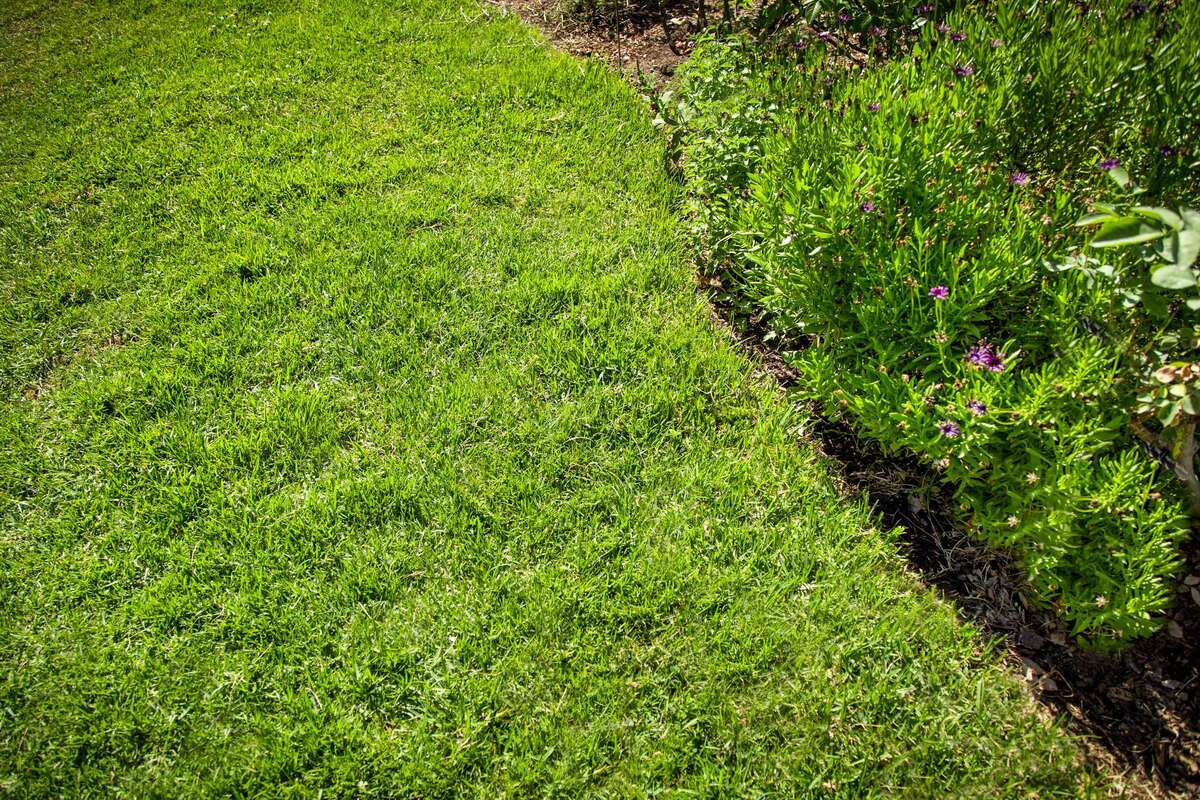

Landscaping Ideas
How High To Cut St. Augustine Grass
Modified: March 27, 2024
Learn the best practices for cutting St. Augustine grass to maintain a healthy and lush lawn with our expert landscaping ideas. Achieve the perfect height for a beautiful yard.
(Many of the links in this article redirect to a specific reviewed product. Your purchase of these products through affiliate links helps to generate commission for Storables.com, at no extra cost. Learn more)
Introduction
Caring for your lawn involves a myriad of tasks, from watering to fertilizing. However, one crucial aspect that significantly impacts the health and aesthetics of your lawn is cutting the grass to the appropriate height. When it comes to St. Augustine grass, a popular choice for lawns due to its lush, dense growth and vibrant green hue, understanding the optimal cutting height is paramount.
In this comprehensive guide, we delve into the nuances of maintaining St. Augustine grass, focusing on the ideal height for cutting it. By gaining insights into this fundamental aspect of lawn care, you can ensure that your St. Augustine grass thrives, exuding beauty and vitality throughout the year.
Understanding the intricacies of St. Augustine grass and the best practices for its maintenance will empower you to cultivate a verdant, inviting lawn that serves as a delightful outdoor haven for relaxation and recreation. Let's embark on this enlightening journey to uncover the secrets of nurturing St. Augustine grass to its fullest potential.
Key Takeaways:
- Maintain St. Augustine grass at a height of 2.5 to 4 inches to promote lush, resilient growth and protect against stress and damage.
- Consider factors like growth rate, blade sharpness, and weather conditions when mowing to ensure the health and beauty of your St. Augustine grass.
Read more: How Short To Cut St. Augustine Grass
Understanding St. Augustine Grass
St. Augustine grass (Stenotaphrum secundatum) is a warm-season grass known for its lush, dense growth and vibrant green color. It thrives in tropical and subtropical regions, making it a popular choice for lawns in these climates. This grass variety is characterized by its broad, flat blades and a dense mat-like appearance, creating a visually appealing and inviting landscape.
One of the key attributes of St. Augustine grass is its excellent tolerance to heat, making it well-suited for areas with scorching summers. Additionally, it exhibits impressive shade tolerance, enabling it to flourish in partially shaded areas, although it still requires some sunlight to thrive. Its vigorous growth and ability to spread rapidly contribute to its appeal as a desirable lawn grass.
St. Augustine grass is also known for its ability to recover from damage and stress, making it resilient in the face of foot traffic and environmental challenges. However, to maintain its robustness and aesthetic appeal, proper care and maintenance, including regular mowing at the appropriate height, are essential.
By familiarizing yourself with the unique characteristics and growth patterns of St. Augustine grass, you can tailor your lawn care practices to meet its specific needs. This understanding forms the foundation for optimizing the health and beauty of your St. Augustine grass, ensuring that it flourishes and enhances the overall allure of your outdoor space.
Ideal Height for Cutting St. Augustine Grass
When it comes to maintaining St. Augustine grass, determining the ideal cutting height is crucial for promoting its health and vitality. The recommended height for cutting St. Augustine grass ranges between 2.5 to 4 inches. This range allows the grass to thrive and exhibit its characteristic lush appearance while supporting its resilience against environmental stressors.
Opting for a slightly higher cutting height within this range, particularly in the upper range of 3.5 to 4 inches, offers several advantages. Firstly, longer grass blades contribute to the development of a robust root system, enhancing the grass’s ability to withstand drought and recover from damage. Additionally, taller grass blades provide better shade for the soil, reducing moisture evaporation and promoting a healthier root environment.
Conversely, cutting St. Augustine grass too short can impede its ability to photosynthesize effectively, leading to stress and potential damage. Scalping the grass, or cutting it too low, weakens the grass plants and exposes the soil to excessive sunlight, which can result in moisture loss and increased vulnerability to heat stress.
By adhering to the recommended cutting height range, you can ensure that your St. Augustine grass maintains its vigor and resilience, creating a lush, visually appealing lawn that enhances the overall charm of your outdoor space. This optimal cutting height serves as a cornerstone for nurturing healthy and vibrant St. Augustine grass, contributing to a captivating and inviting landscape.
For St. Augustine grass, it’s best to mow at a height of 3.5 to 4 inches. This helps the grass develop a strong root system and shade out weeds.
Factors to Consider When Cutting St. Augustine Grass
When tending to your St. Augustine grass, several factors should be taken into account to optimize the cutting process and promote the grass’s well-being. Understanding these factors allows you to tailor your lawn care practices to suit the specific needs of St. Augustine grass, fostering a thriving and visually stunning lawn.
- Growth Rate: St. Augustine grass has a vigorous growth rate, especially during the warm seasons. It’s essential to adjust the frequency of mowing based on its growth rate, ensuring that you do not remove more than one-third of the grass blade’s height in a single mowing session.
- Blade Sharpness: Using sharp mower blades is crucial for achieving clean, precise cuts. Dull blades can tear the grass, leading to frayed edges and increased susceptibility to stress and diseases. Regularly sharpening or replacing mower blades is essential for maintaining the grass’s health.
- Weather Conditions: Consider the prevailing weather conditions when scheduling your mowing sessions. Avoid cutting the grass when it’s excessively wet, as this can result in uneven cuts and potential damage to the grass. Opt for mowing during the cooler parts of the day to minimize stress on the grass.
- Soil Moisture: Mow the grass when the soil is not overly saturated to prevent soil compaction and damage to the grass roots. Additionally, avoiding mowing when the grass is under moisture stress, such as during drought conditions, helps minimize stress on the grass plants.
- Shade and Sunlight: Consider the sunlight exposure in different areas of your lawn. Adjust the cutting height based on the levels of shade and sunlight, as grass in shaded areas may benefit from slightly higher cutting heights to promote healthier growth.
By carefully considering these factors and incorporating them into your lawn care routine, you can ensure that the cutting process aligns with the specific requirements of St. Augustine grass, fostering its resilience and aesthetic appeal. This thoughtful approach to lawn maintenance contributes to the creation of a captivating and vibrant outdoor environment, enriching your overall outdoor living experience.
Best Practices for Cutting St. Augustine Grass
Implementing best practices when cutting St. Augustine grass is essential for nurturing its health and promoting a lush, vibrant lawn. By adhering to these guidelines, you can optimize the cutting process, ensuring that your St. Augustine grass flourishes and enhances the visual appeal of your outdoor space.
- Adhere to the Recommended Height: Maintain the cutting height within the optimal range of 2.5 to 4 inches, ensuring that you do not remove more than one-third of the grass blade’s height in a single mowing session. This promotes healthy growth and resilience in the grass.
- Regular Mowing Schedule: Establish a consistent mowing schedule based on the grass’s growth rate, aiming to mow frequently enough to maintain the recommended height without cutting off excessive amounts of grass at once.
- Sharp Mower Blades: Regularly inspect and sharpen mower blades to ensure clean, precise cuts. Dull blades can damage the grass and hinder its ability to thrive, making blade maintenance a crucial aspect of cutting St. Augustine grass.
- Mow When Dry: Avoid mowing the grass when it’s excessively wet to prevent clumping and uneven cuts. Opt for mowing during the cooler, drier parts of the day to minimize stress on the grass.
- Alternate Mowing Patterns: Vary the direction of your mowing patterns with each session to prevent soil compaction and encourage upright grass growth. This practice also contributes to a more uniform and aesthetically pleasing lawn appearance.
- Leave Clippings on the Lawn: Consider leaving grass clippings on the lawn if they are of moderate length, as they can provide beneficial nutrients to the soil as they decompose, contributing to the overall health of the grass.
By incorporating these best practices into your lawn care routine, you can create an optimal environment for your St. Augustine grass to thrive. This approach not only fosters the grass’s health and resilience but also contributes to the creation of a lush, inviting lawn that elevates the beauty of your outdoor living space.
Read more: What Height To Cut St. Augustine Grass
Conclusion
Nurturing a vibrant and resilient lawn begins with understanding the specific needs of St. Augustine grass and implementing tailored care practices. By delving into the nuances of cutting St. Augustine grass at the ideal height, you embark on a journey to cultivate a visually stunning and inviting outdoor space that serves as a source of pride and relaxation.
Through this exploration, you’ve gained insights into the optimal cutting height for St. Augustine grass, recognizing the range of 2.5 to 4 inches as the key to promoting its health and vitality. By adhering to this recommended range, you lay the foundation for lush, resilient grass that enhances the overall allure of your lawn.
Moreover, by considering essential factors such as growth rate, blade sharpness, weather conditions, soil moisture, and sunlight exposure, you can fine-tune your lawn care routine to align with the specific requirements of St. Augustine grass. This thoughtful approach ensures that the cutting process complements the grass’s growth and resilience, contributing to a captivating and thriving lawn.
Implementing best practices, including maintaining the recommended cutting height, adhering to a regular mowing schedule, and ensuring sharp mower blades, empowers you to create an optimal environment for your St. Augustine grass to flourish. These practices not only support the grass’s health but also contribute to the creation of an inviting and visually appealing outdoor sanctuary.
As you embrace these insights and integrate them into your lawn care regimen, you embark on a journey of cultivating a lush, resilient, and visually captivating lawn adorned with vibrant St. Augustine grass. This journey not only enriches the aesthetic appeal of your outdoor space but also provides a delightful backdrop for creating cherished memories and moments of relaxation amidst nature’s beauty.
By nurturing your St. Augustine grass with care and attention to detail, you craft an outdoor oasis that reflects your commitment to creating a captivating and inviting living environment, enriching your daily life and providing a serene retreat amid the splendor of nature.
Frequently Asked Questions about How High To Cut St. Augustine Grass
Was this page helpful?
At Storables.com, we guarantee accurate and reliable information. Our content, validated by Expert Board Contributors, is crafted following stringent Editorial Policies. We're committed to providing you with well-researched, expert-backed insights for all your informational needs.
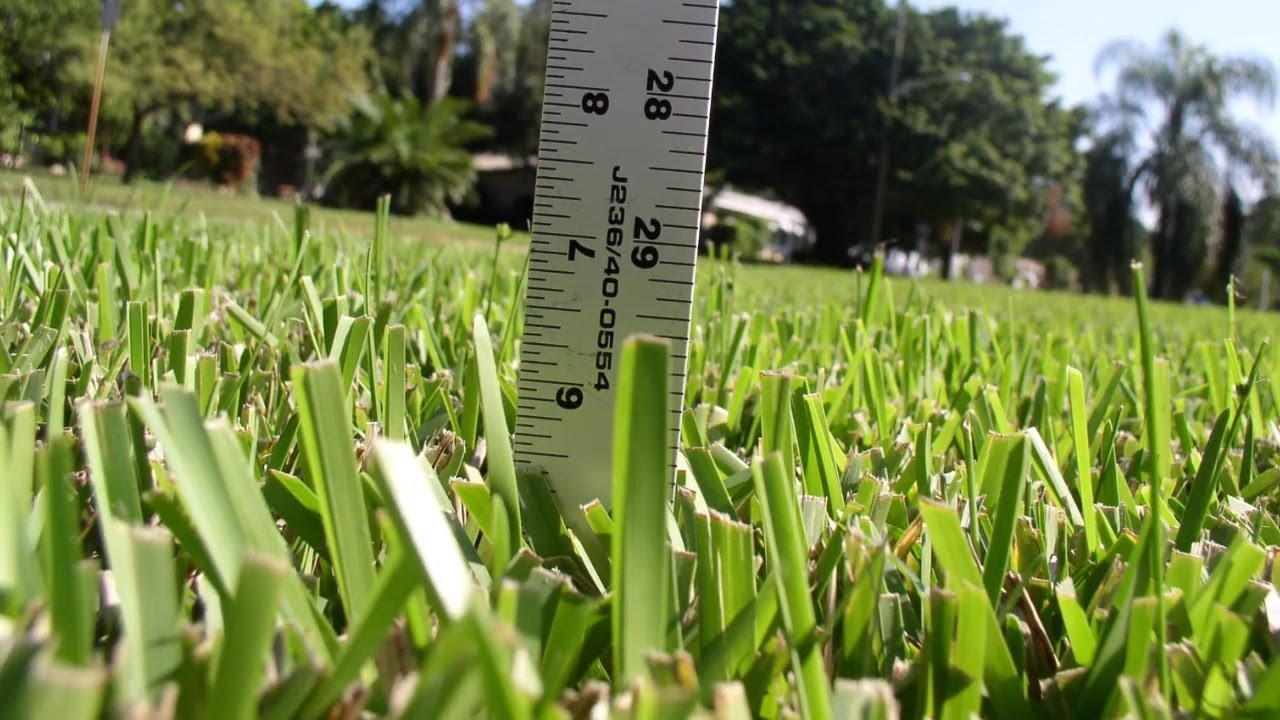
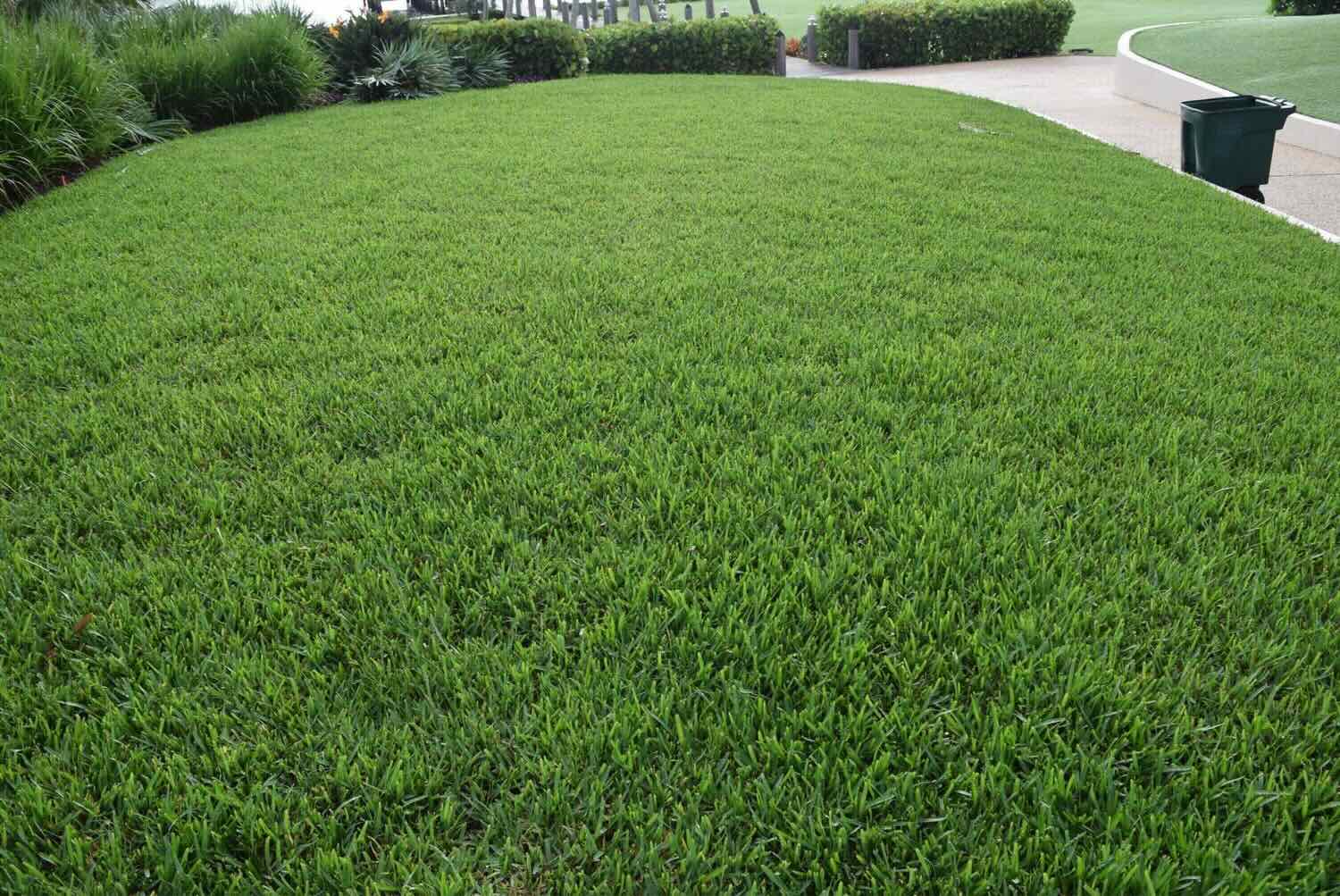
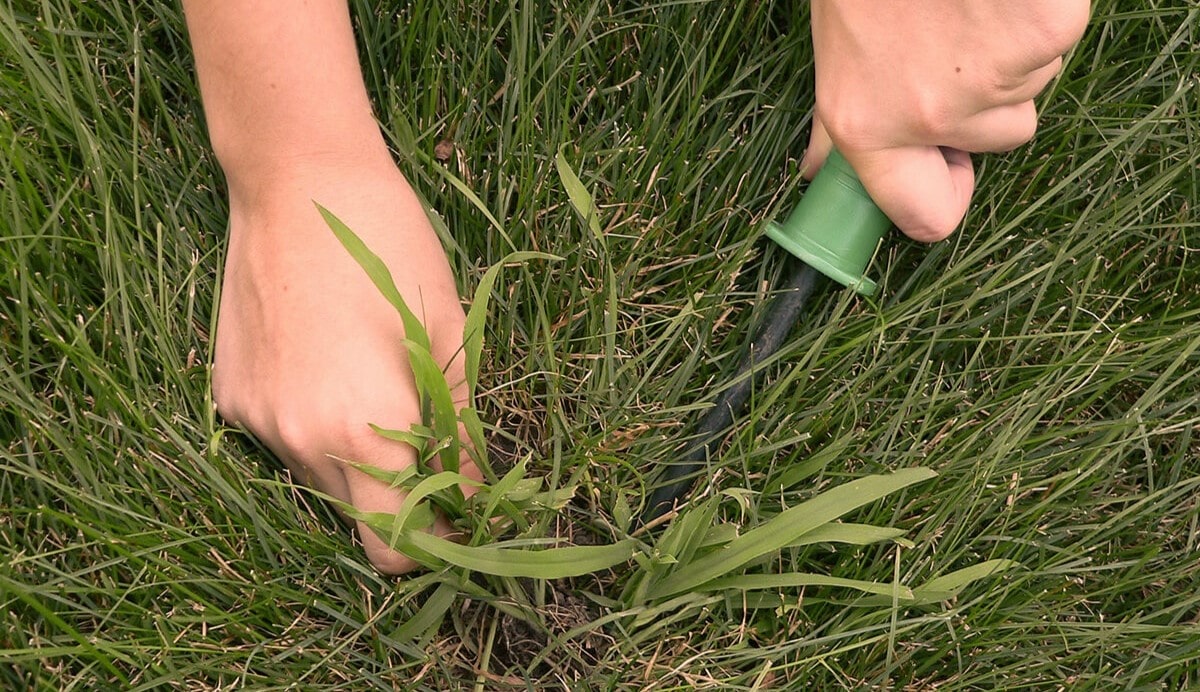
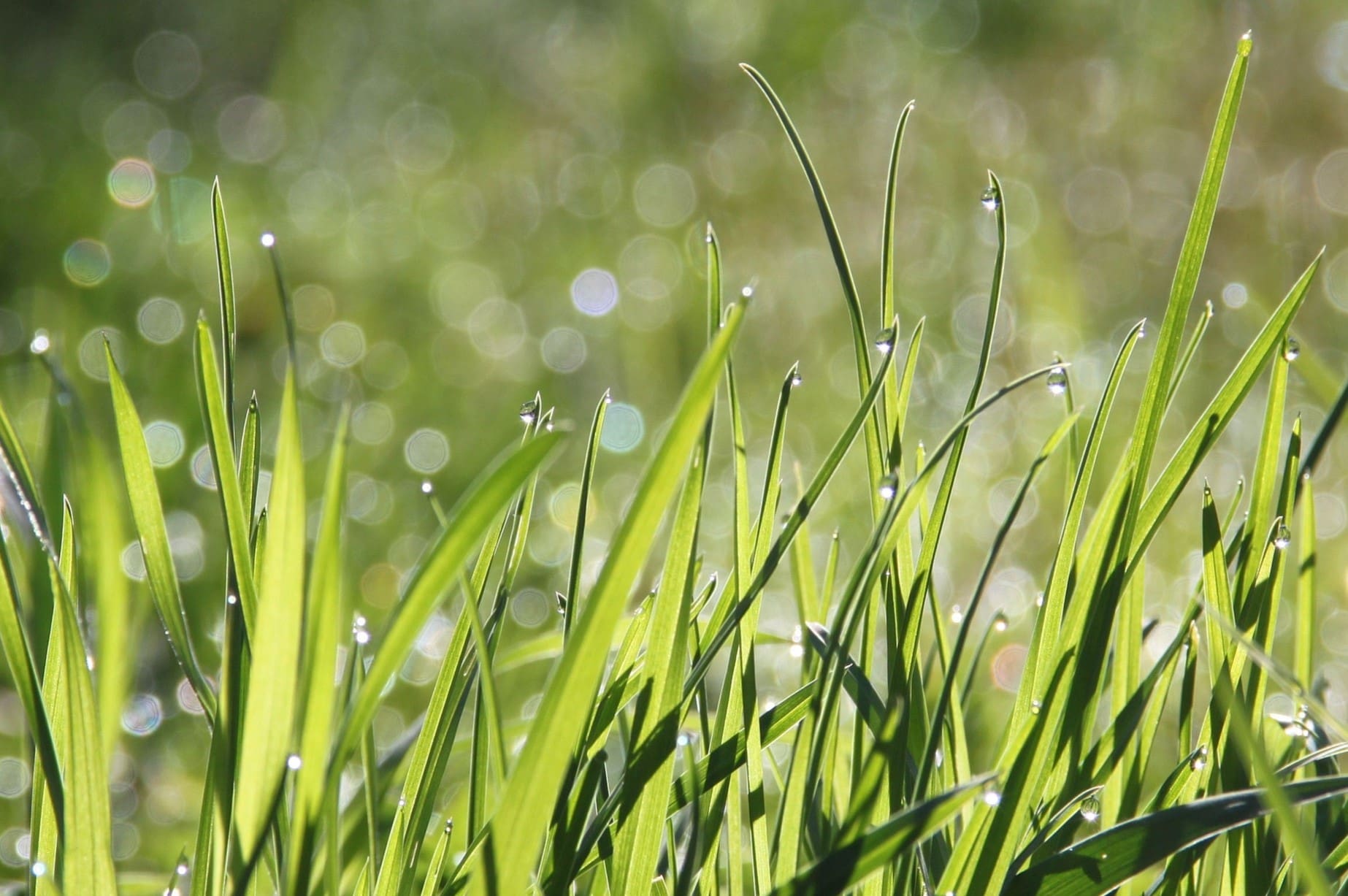
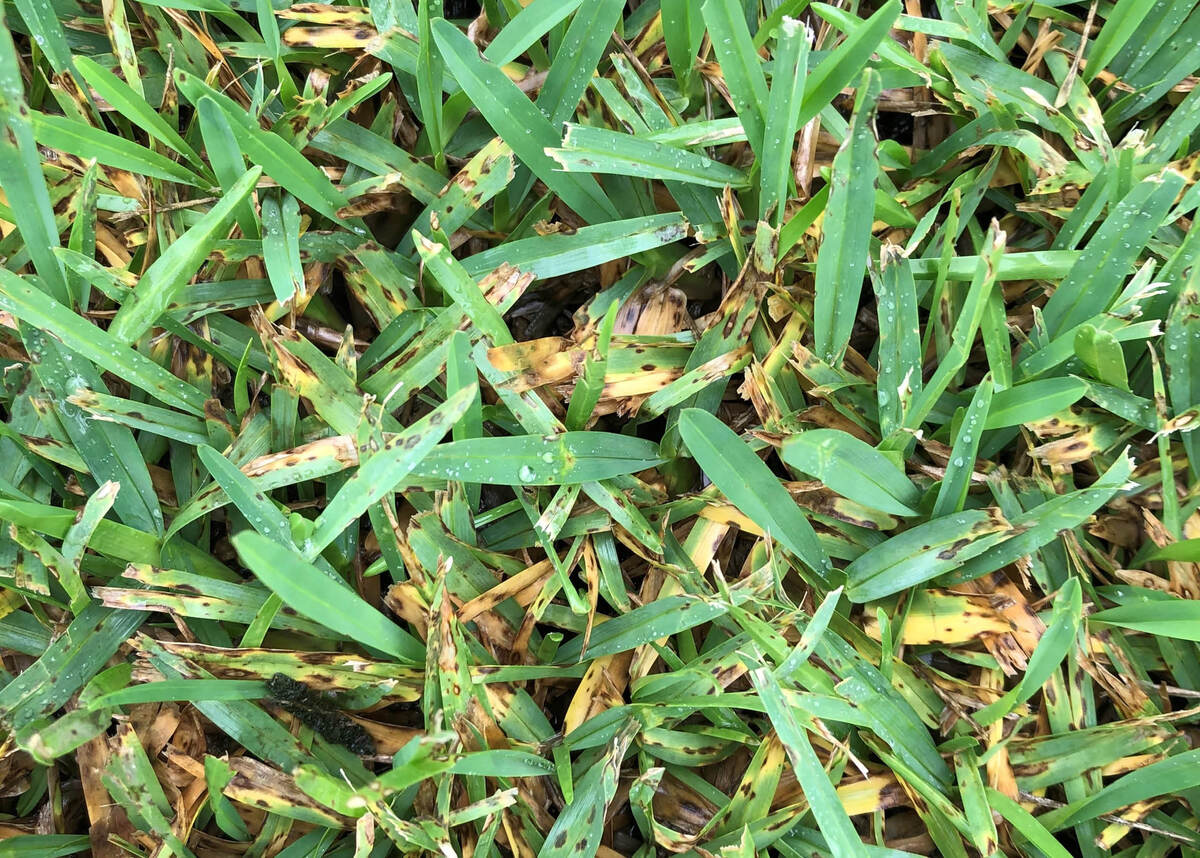
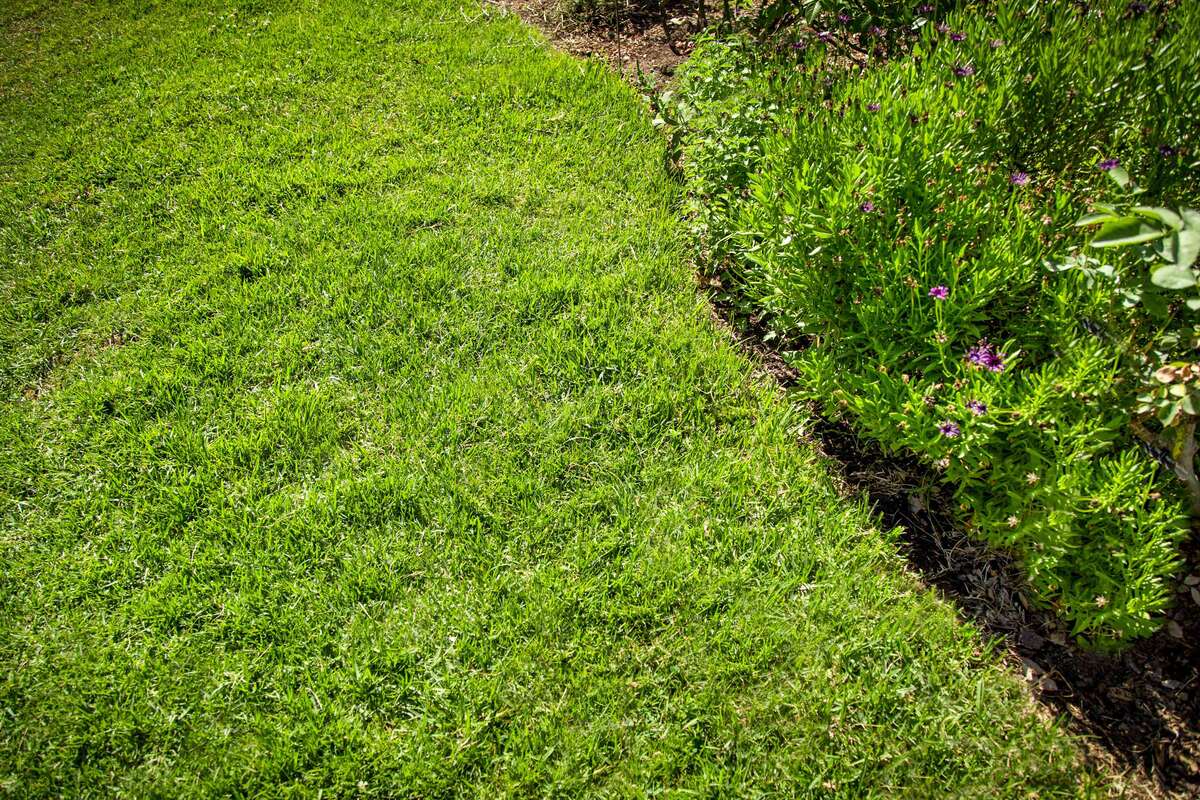
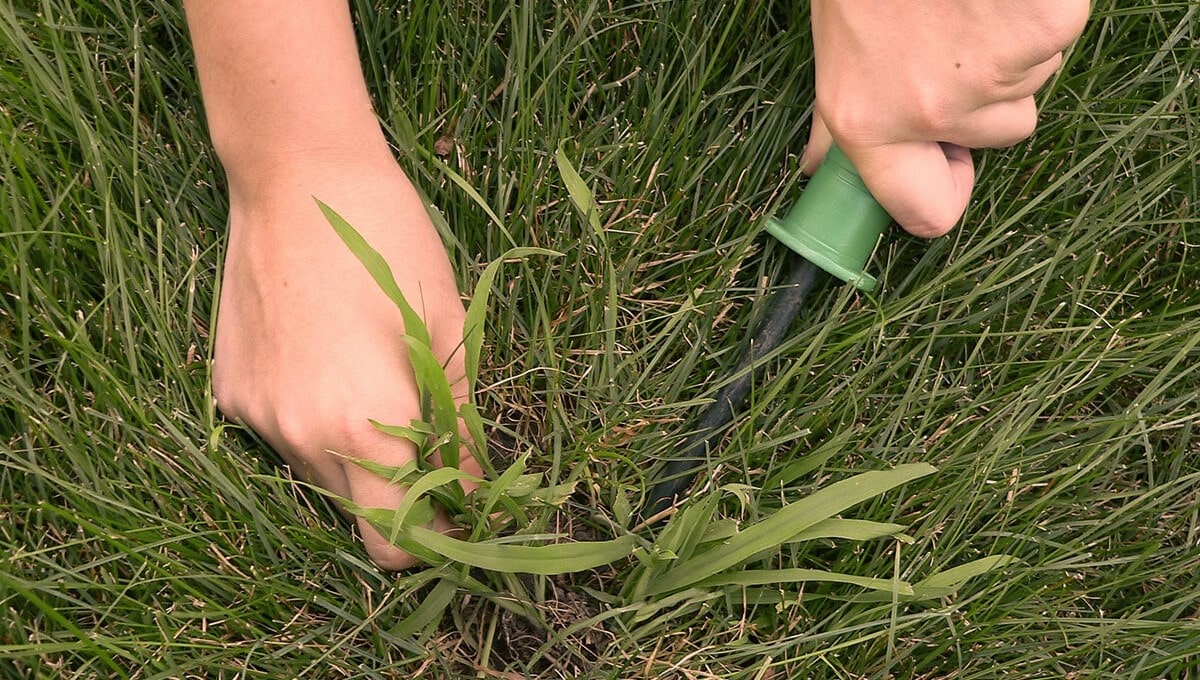
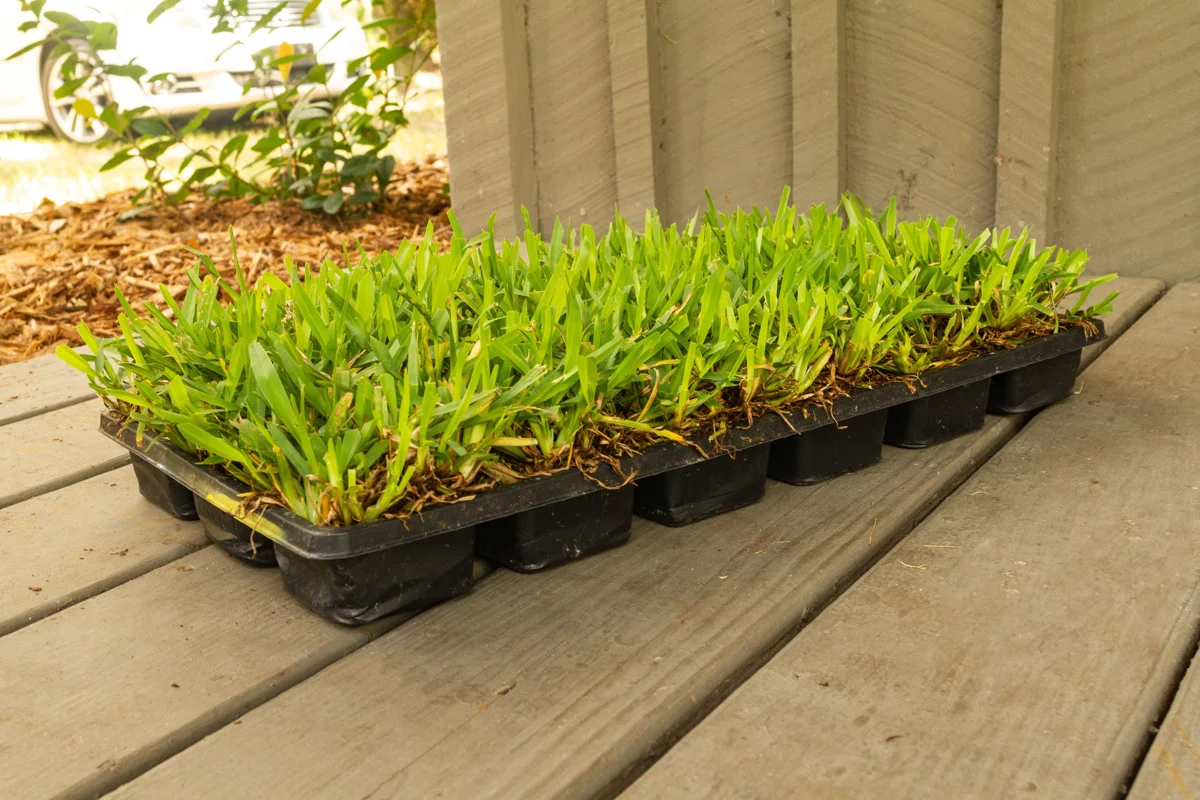
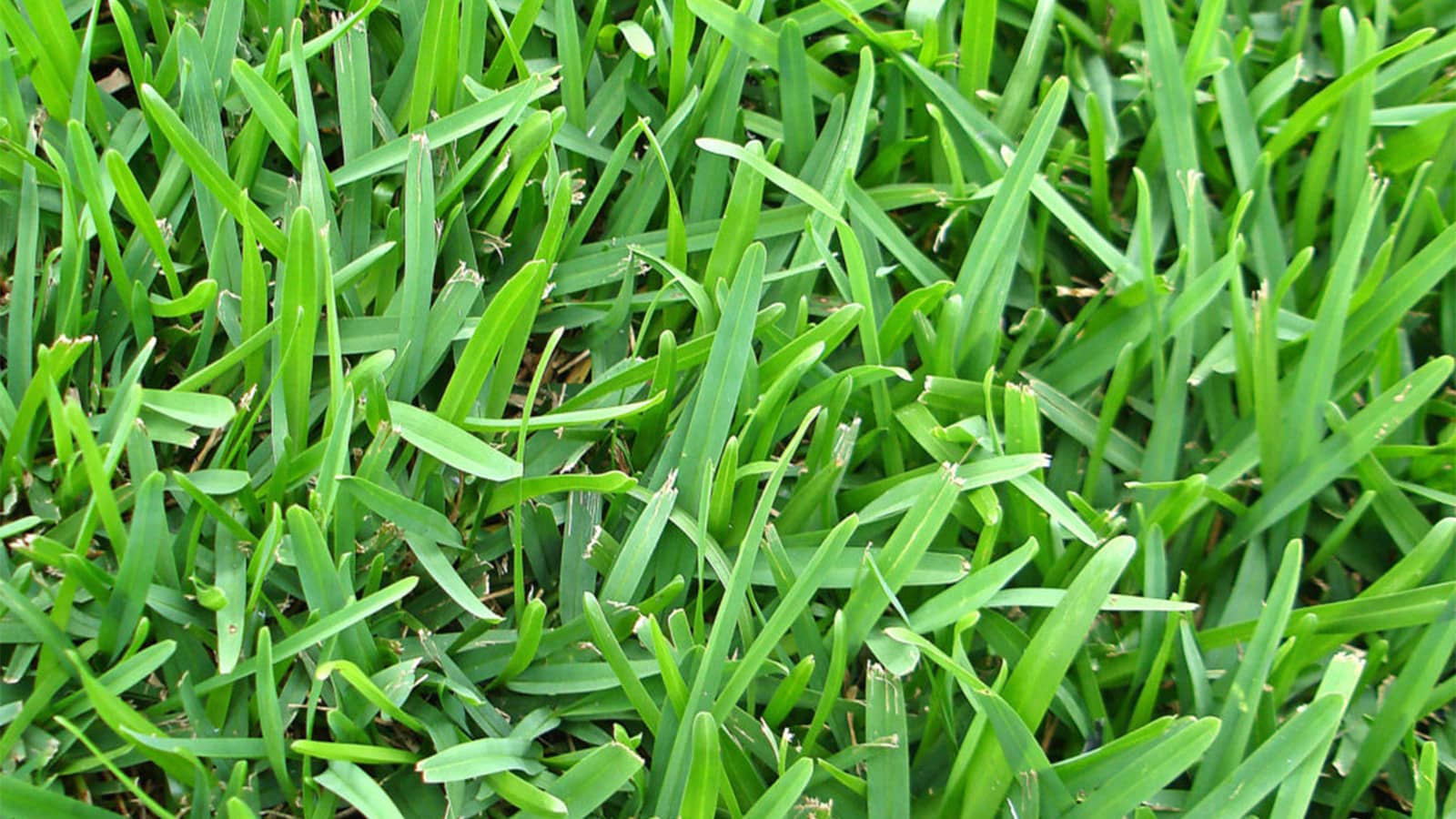
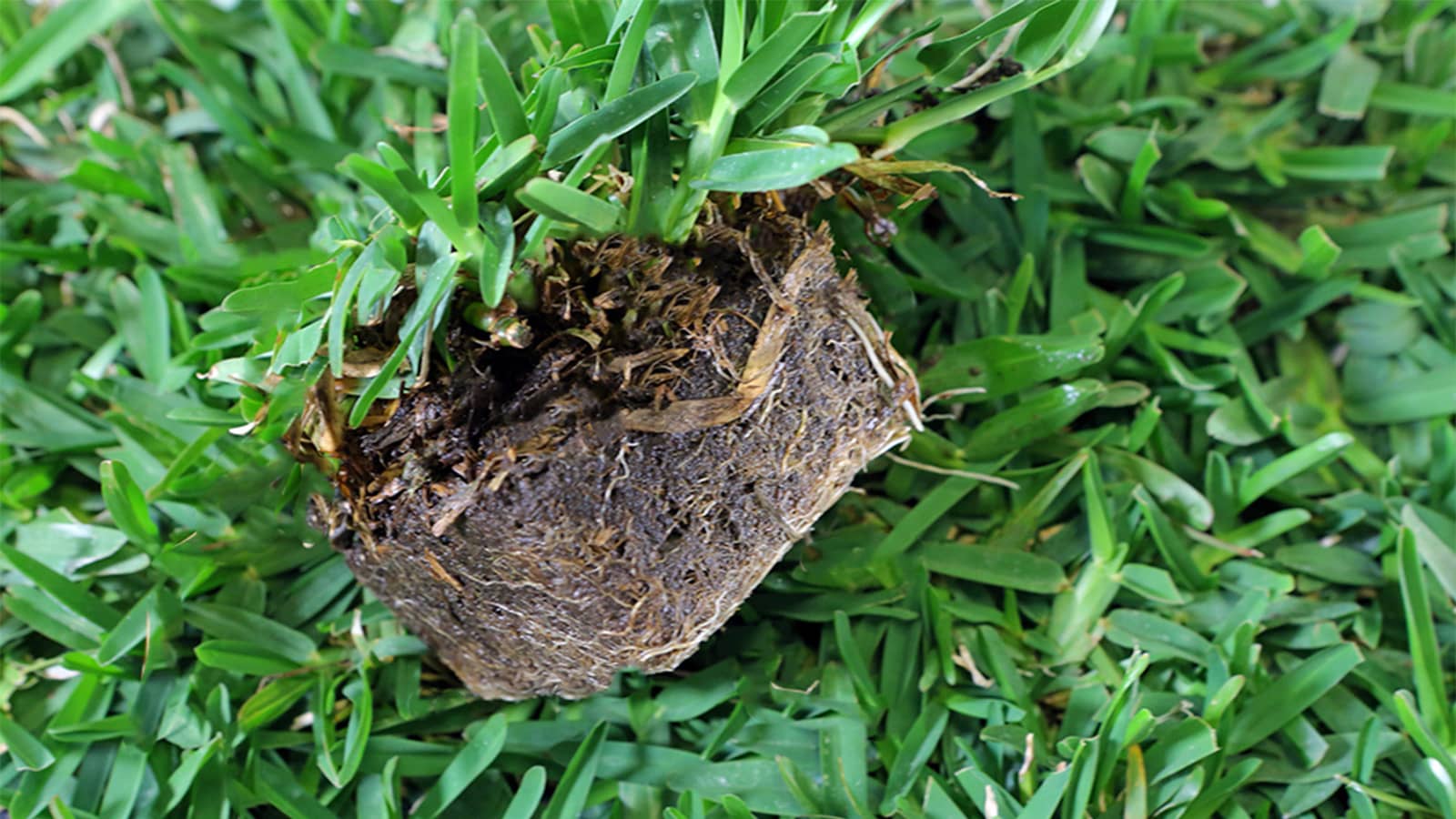
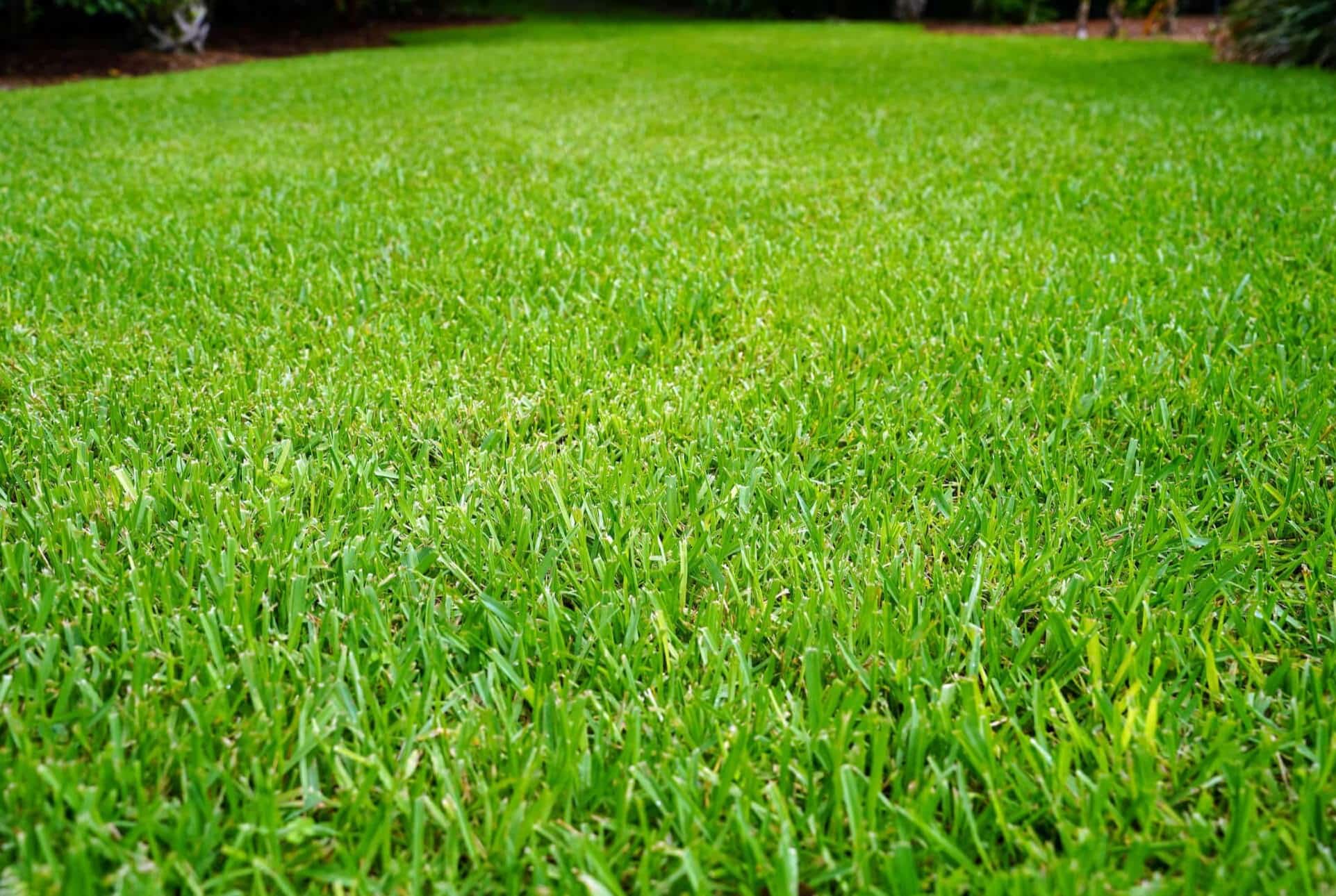
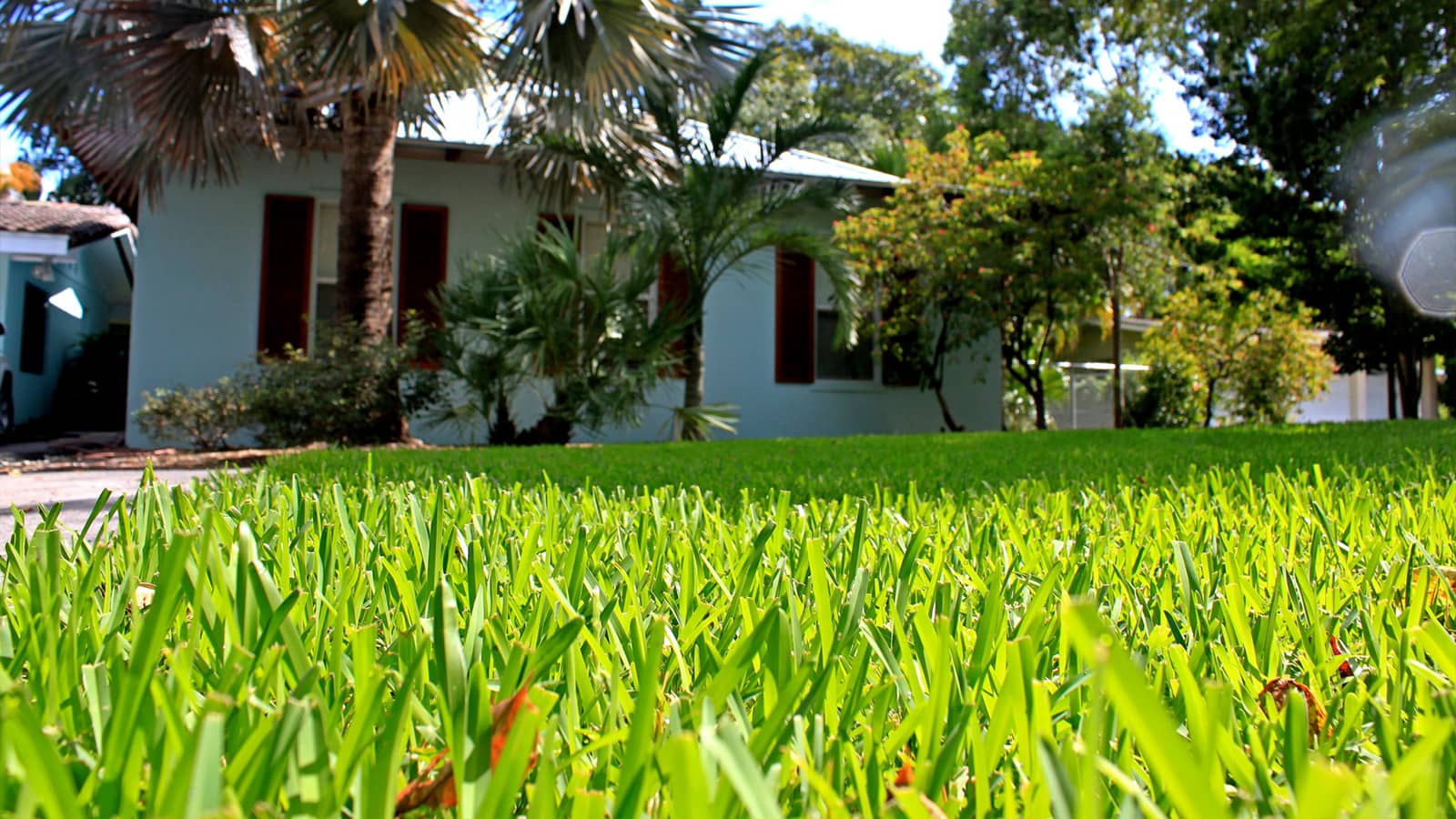
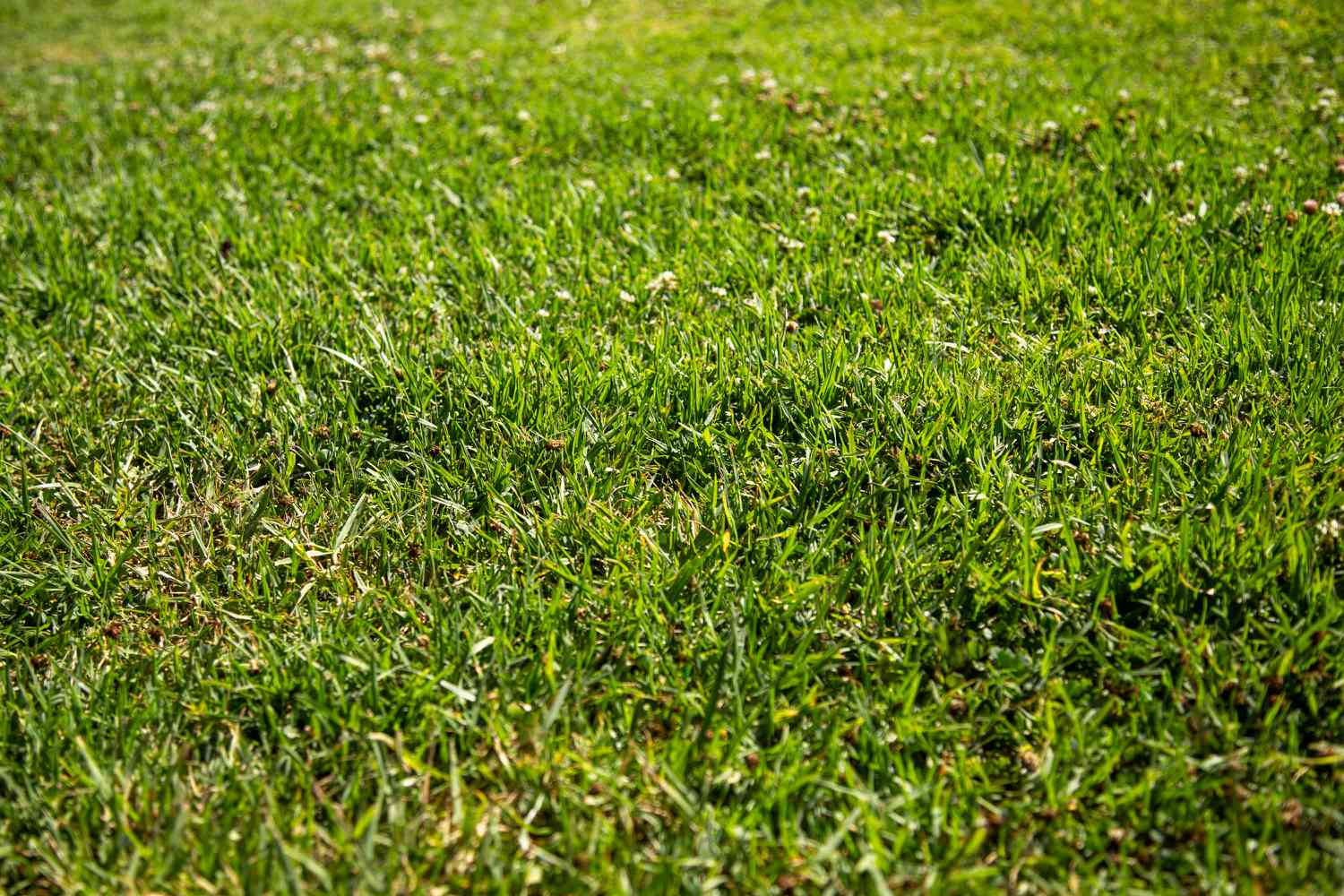
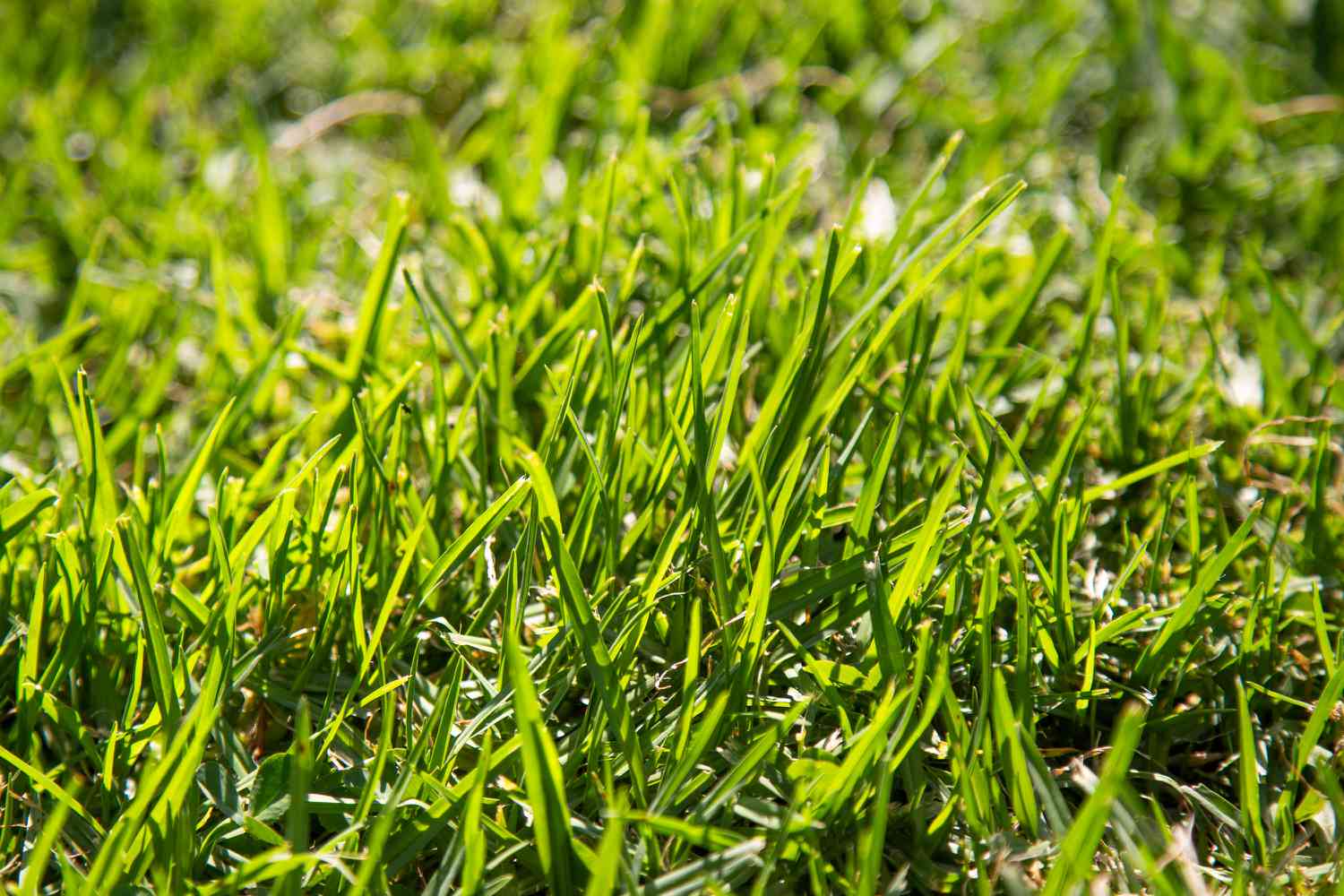

0 thoughts on “How High To Cut St. Augustine Grass”